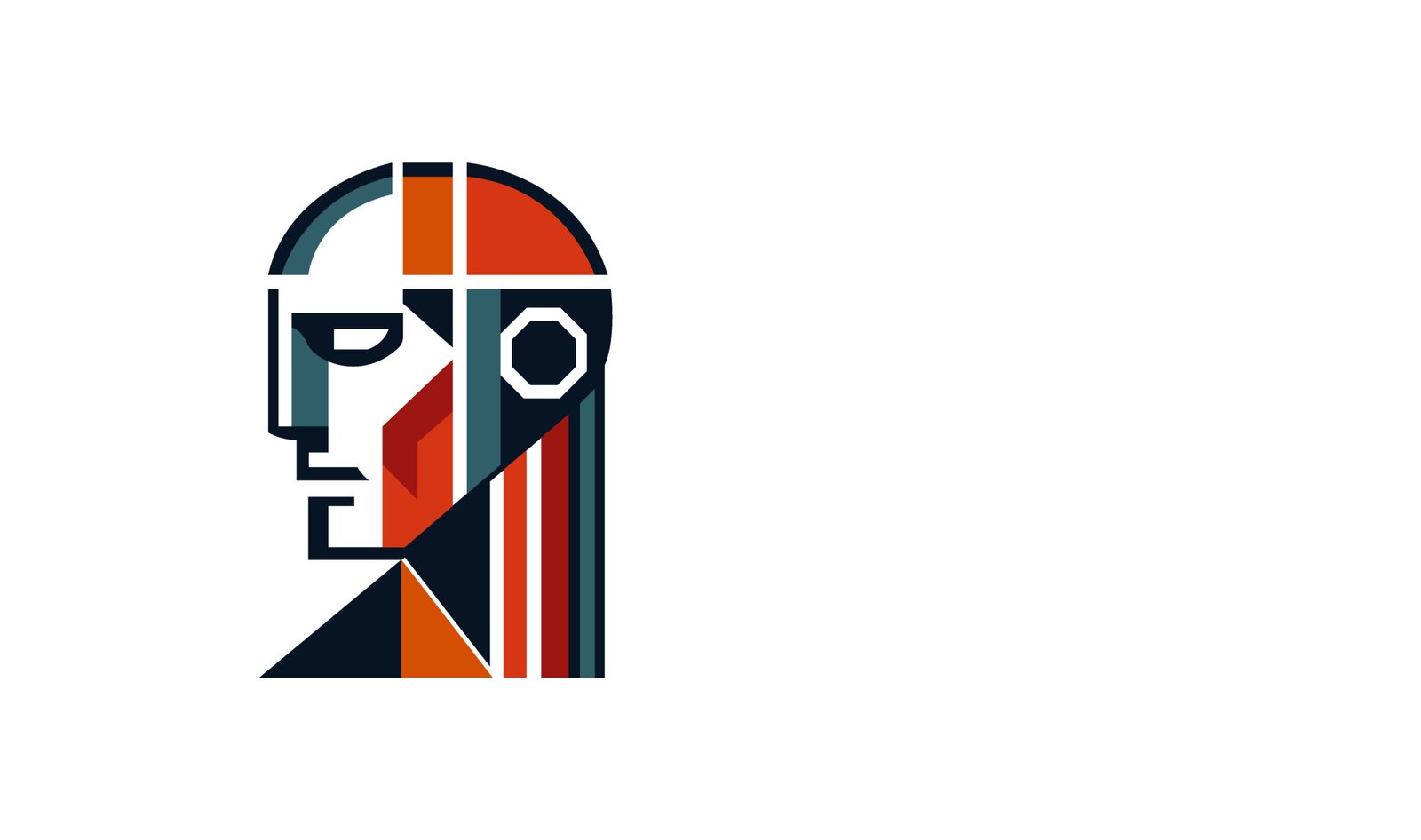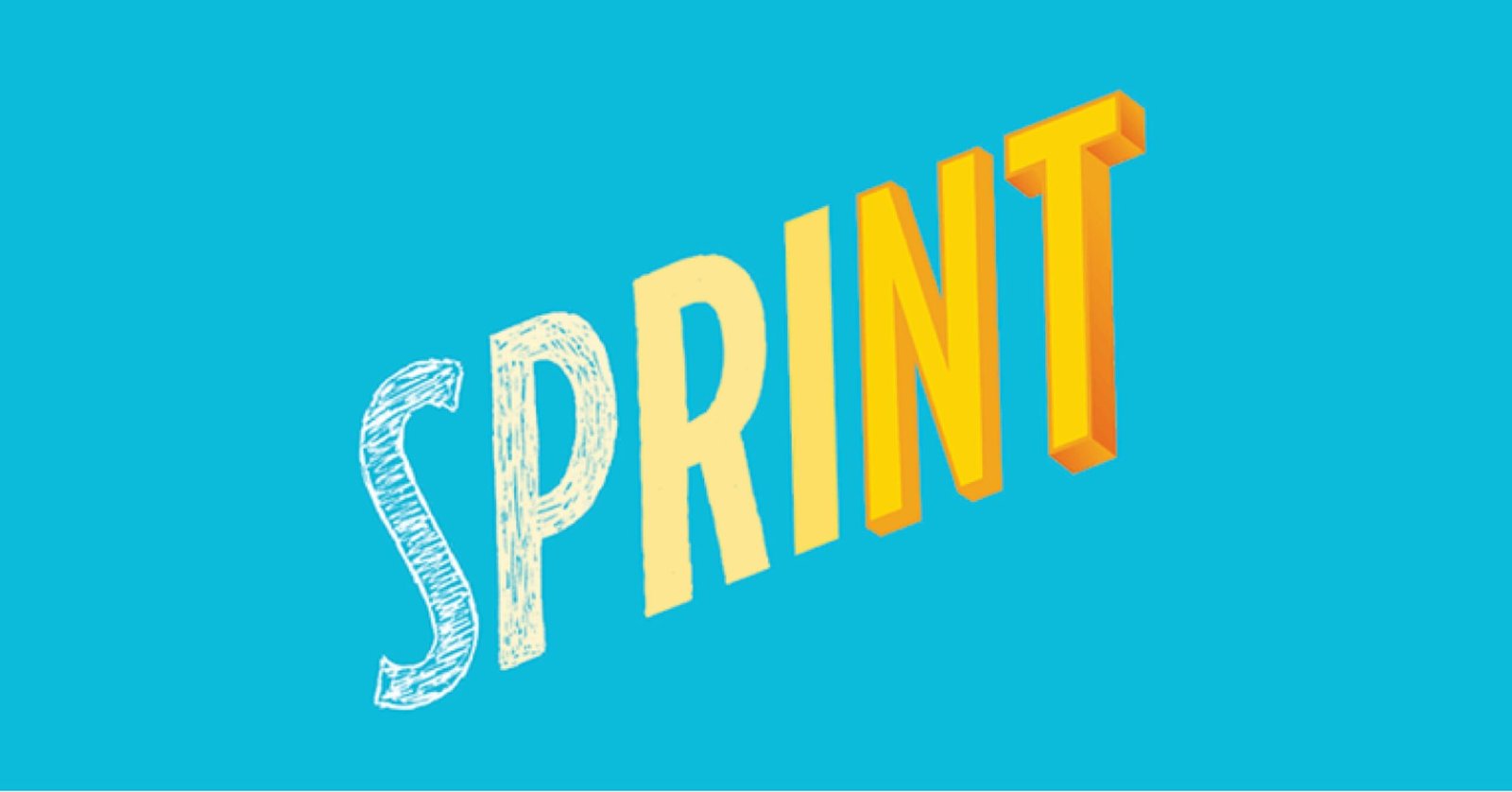Imagine your team is facing a big challenge. You need to come up with a solution, but endless meetings and scattered ideas are slowing you down. What if, instead of weeks (or months) of back-and-forth, you could go from problem to tested prototype in just five days?
Originally developed at Google, a Design Sprint is an intensive, structured process that helps teams quickly solve complex problems and test ideas – without wasting time or resources. It’s fast, focused, and highly effective.
Unlike traditional brainstorming sessions, design sprints follow a structured step-by-step process, ensuring that every decision is backed by research, collaboration, and real-world testing.
The 5-Day Sprint Breakdown
Each day of a design sprint has a clear purpose.
Day 1: Understand the Problem
The first day is all about defining the challenge and making sure everyone on the team is aligned. It may be tempting to jump straight into solutions, but without a deep understanding of the problem, the risk of working on the wrong thing is high.
What happens:
The team defines the long-term goal: What does success look like? What problem are we really solving?
A user journey map is created to visualize the entire experience and identify pain points.
Experts from different areas—such as customer support, marketing, and engineering—share insights to provide a broader perspective.
The team identifies the most critical part of the user journey to focus on for the sprint.
By the end of the day, everyone has a clear understanding of the problem and is aligned on what the sprint will tackle.
Day 2: Sketch Possible Solutions
With the problem defined, it is time to explore potential solutions. Instead of chaotic group brainstorming, which often leads to unstructured discussions, the design sprint follows a more structured and effective approach: individual sketching.
What happens:
Each team member independently sketches ideas, ensuring that every perspective is considered.
These sketches are anonymous, allowing the best ideas to stand out rather than the loudest voices in the room.
The team then reviews all the sketches and votes on the most promising ones.
This approach prevents groupthink and allows for a variety of creative solutions. By the end of the day, the team has a set of potential solutions ready for further refinement.
Day 3: Decide & Plan the Prototype
Now that multiple solutions have been explored, it is time to narrow them down and create a single, focused plan for what will be built.
What happens:
The team reviews the top-voted sketches and discusses their strengths and weaknesses.
A structured decision-making process ensures that the best elements from different ideas are combined into a single solution.
A storyboard is created—this is a step-by-step blueprint that outlines how the prototype will work.
By the end of the day, the team has a clear vision of what they will prototype and test. There are no loose ends, and everyone knows exactly what needs to be built on Day 4.

Day 4: Build the Prototype
Unlike traditional product development, which can take weeks or months, the sprint prototype is built in one day. The goal is not to create a perfect, fully functional product—it is to build something realistic enough to test with users.
What happens:
Designers create interactive wireframes that simulate the final experience.
Writers craft realistic content and labels to make the prototype feel authentic.
Engineers may add minimal functionality if needed, but the focus remains on speed and usability.
The key is to only build what is necessary for testing. Instead of refining every detail, the team prioritizes the most critical aspects of the experience. By the end of the day, there is a working prototype ready for real users.
Day 5: Test with Real Users
The final day is the most important—this is when the team gets real feedback on the prototype. Instead of guessing whether the idea will work, they observe actual users interacting with the design and gain valuable insights.
What happens:
Five to seven users test the prototype while the team watches and takes notes.
Users share their thoughts, reactions, and pain points as they navigate the experience.
The team identifies patterns—where users struggle, what they like, and what needs improvement.
Based on this feedback, the team knows whether to move forward with the idea, make adjustments, or rethink the approach.
This process removes uncertainty and ensures that decisions are based on real user behavior rather than assumptions.
Why Design Sprints Work
A Design Sprint Week allows teams to solve complex problems quickly and efficiently, removing the need for endless discussions and lengthy development cycles. Instead of spending months on an idea that may not work, the team can test it within days and gain clear direction.
Key benefits:
Saves time and resources – No wasted effort on untested ideas.
Encourages collaboration – Teams from different backgrounds work together to find the best solution.
Focuses on real user feedback – Ensures that decisions are based on actual needs, not assumptions.
Whether you are building a new product, improving an existing service, or solving a major business challenge, a design sprint helps you move forward with confidence—all in just five days.


